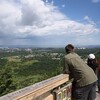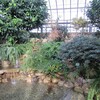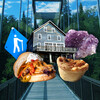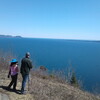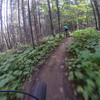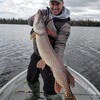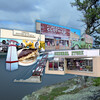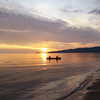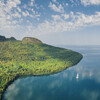
To the Bat Cave!
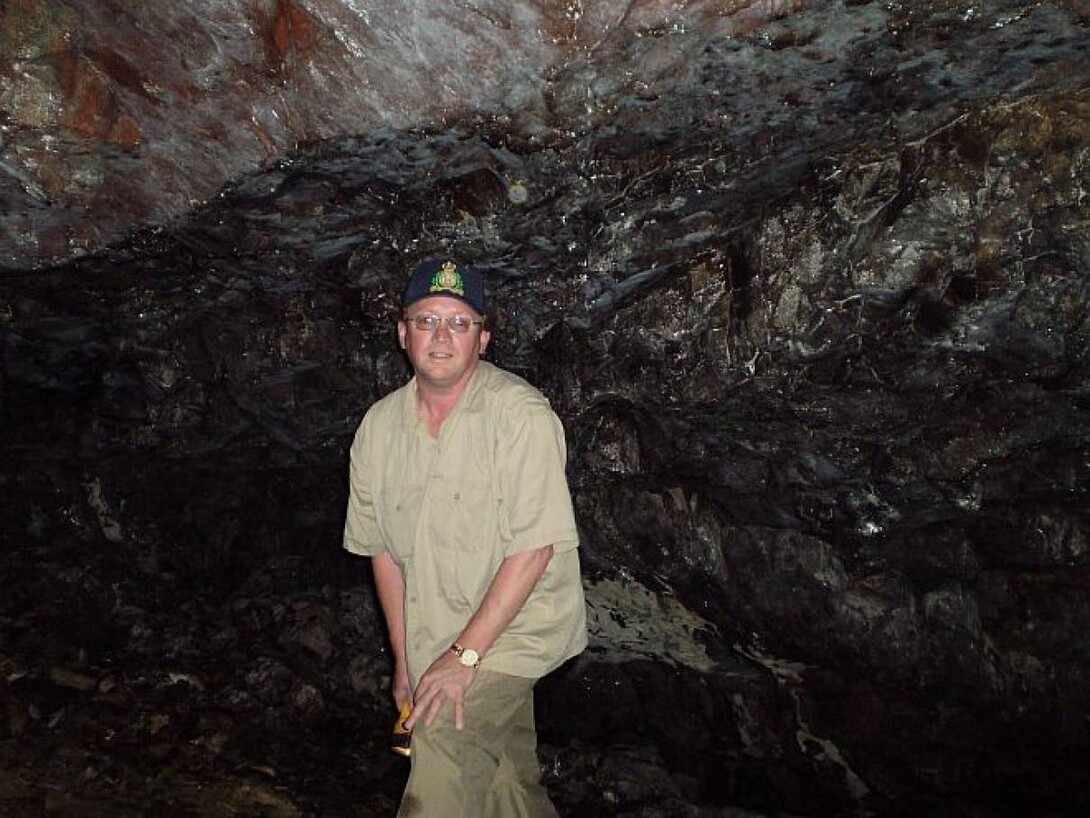
A few years ago, after learning that the largest cave in precambrian rock was located close to Thunder Bay, I set out to find what many call “The Bat Cave” at Cavern Lake.
Cavern Lake is located in a provincial Nature Preserve off of Fish Hatchery Road, approximately 9-kilometres north of Dorion. Dorion is a small community about a 45 minute drive east of Thunder Bay, right on the Trans-Canada Highway.
Hard to Find, A Protected Area
According to the Ministry of Natural Resources (MNR), the cave is home to several colonies of bats. Because any disturbances in the cave could harm the bats, visits by humans are discouraged by the MNR.
When I went to the local ministry office in search of a map of the lake, staff gave me a photocopied topographic map and pointed out where the lake was, but would not reveal exactly where at Cavern Lake I would find the bat cave.
Over the next two summers I spent several days hiking around Cavern Lake in the back country of Dorion -- following every road and every trail I could find until finally, one day I located the trail. It branched west off an old logging road that was cut just north of the Cavern Lake shoreline. There were a couple of roads on the north side of the lake and this particular road initially did not give me a lot of hope as it seemed to travel away from the lake.
At a bend in the road there was a trail that seemed to stand out. It was a short trail of only a few hundred metres that ended on a cliff overlooking the west end of the lake. As I approached, an official looking park sign suggested I had found what I was looking for.
A rope tied to a tree helped with the descent 20 or 30 feet down the cliff and the trail continued along the cliff wall. Another sign indicated the cave entrance was just ahead.
Cave is a Hidden Gem
Unlike other caves I had explored, this was not a small fracture in the earth but rather a huge gaping hole on the side of the cliff. According to the MNR the opening measures 20 metres (60 feet) wide by 2.5 metres (7 feet) high.
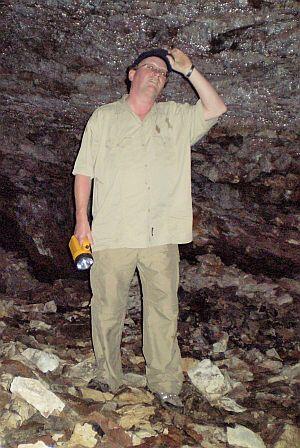
For those who manage to locate the cave and take some time to explore it, there is a hidden chamber that is accessed by what could be described as a small hatch in the roof of the cave. Some rock scrambling is required to find the hatch.
On one visit to the Bat Cave, on a warm summer day, my body heat from hiking combined with the cave’s cool air to create a fog that took several minutes to dissipate while I rested and cooled down. This underscored the sensitivity of the cave to the bats that live there and which, after several visits, I have still not seen.
Finding the Bat Cave
Finding the Bat Cave is not easy. The road at times has been well maintained and at others so rough and washed out that a four wheel drive would have a hard time getting to the lake. The trail has been allowed to grow in some years and has been well cut in others. Trail marker tape is routinely removed but by whom is a mystery. On every visit I have seen fresh indications of bear in the area. For these reasons, in addition to the MNR’s wish to discourage visitors, I will not provide more detailed directions on how to locate the cave.
For those who have a few days to explore and have the proper hiking gear to handle the rougher terrain, the hiking experience to find the cave is worth it -- provided you also respect the cave.
Editors Note: The Superior Hiking website provides more insignt on the bat cave at Cavern Lake.
Recommended Articles

12 Best Places to Stay in Thunder Bay

5 Fantastic Ways to Explore the Water in Thunder Bay
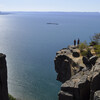
Experience Your Perfect Summer in Thunder Bay

Uncovering Thunder Bay's Hidden Gems
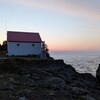
21 Ways to Enjoy Thunder Bay
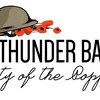
The Remembrance Poppy and its Thunder Bay Roots

This new cruise ship sails into Thunder Bay


